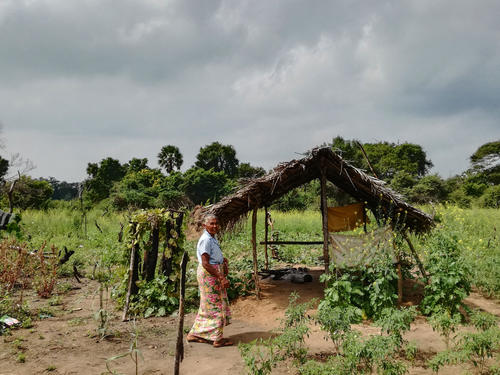Vulnerability and resilience assessment
The Sri Lankan small tank-cascade systems are an example of an indigenous agricultural system. They were initiated in the heydays of ancient kingdoms and since then have undergone several transformation processes. In the 1960s, these processes were triggered by the Green Revolution. Until the Green Revolution the basic elements of the indigenous system and the main ecological and socio-economic components of the landscape were widely preserved.
Current research suggests that these basic elements of the landscape still exist and function to a certain degree despite the forces of modernization, population pressure, economic changes and educational development. The management structure and mechanisms were changed from the hereditary headman system to a community-based Farmer Organization system.
The transformation into a participatory approach seems a productive and attractive evolution of the system. However, the in-depth analysis of the perception of the main stakeholders of the system – the farmers – revealed that the inseparable bond they had with the landscape and the entire agricultural system was threatened by the current Farmer Organization system: the spiritual connection had been converted into a financial and benefit-oriented system.
